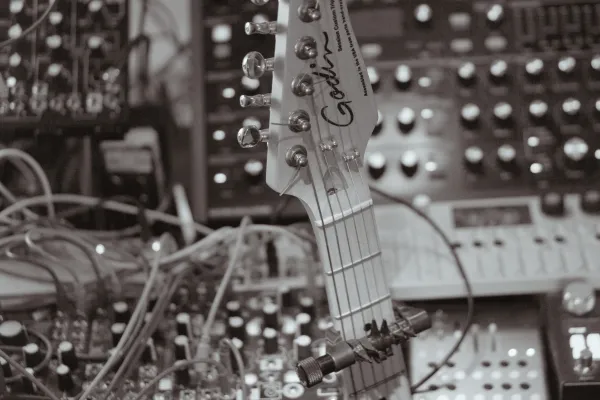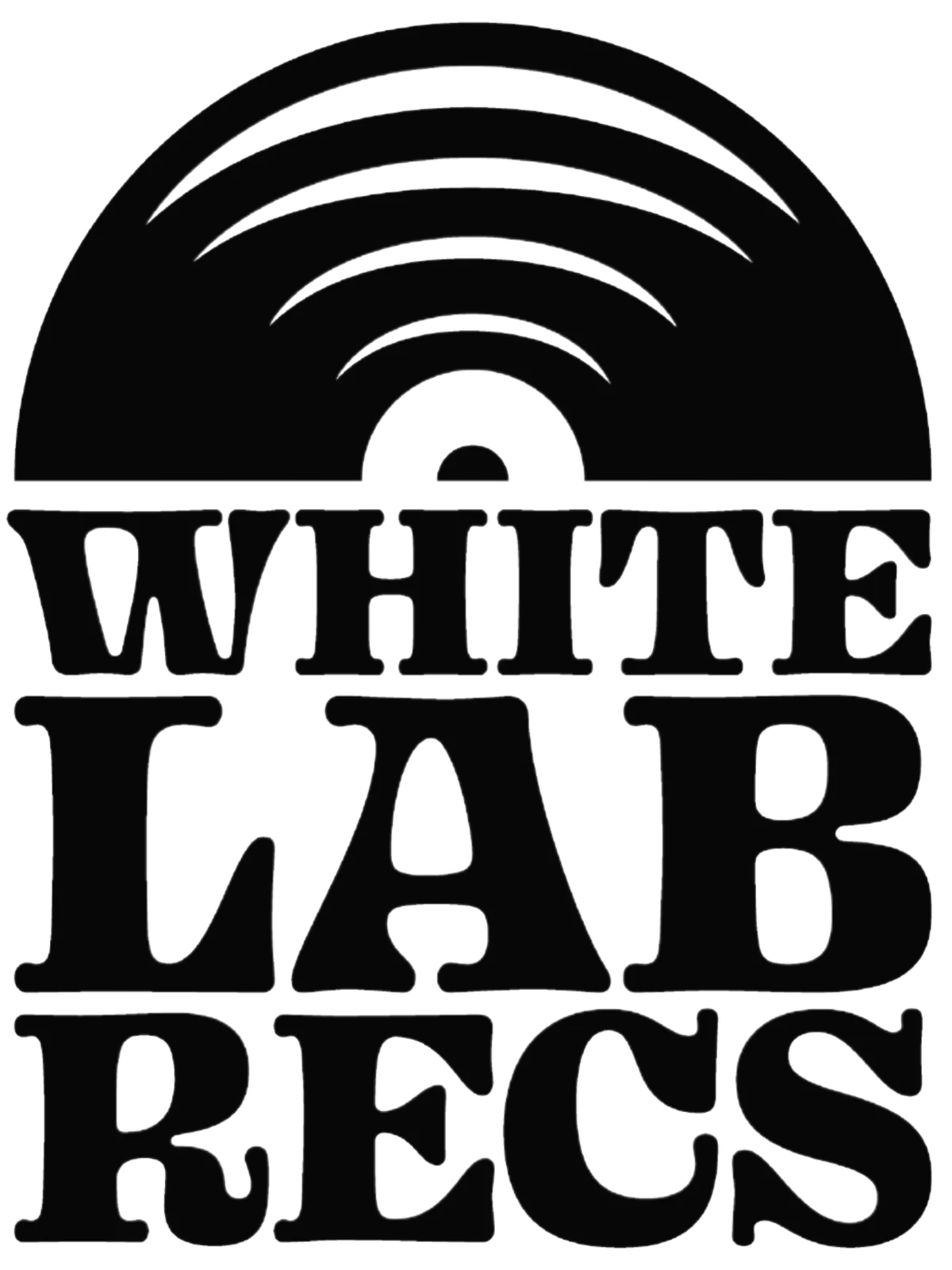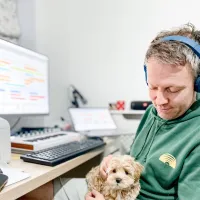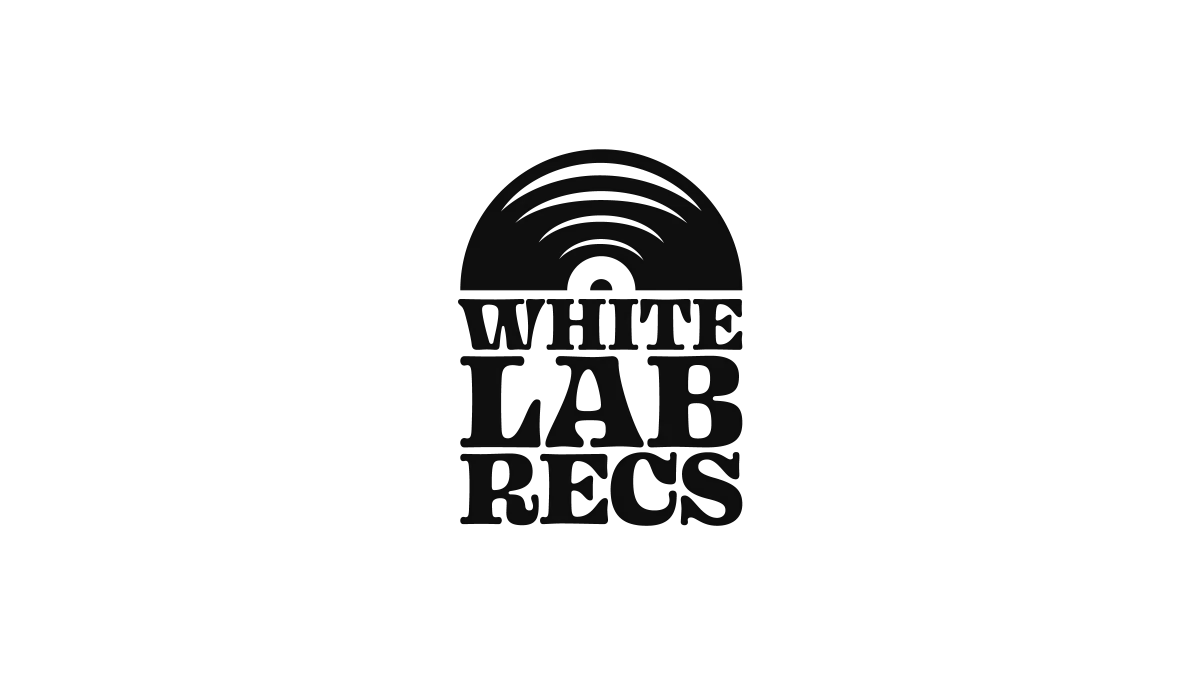Whitelabrecs Blog

Studio Walkthrough: OdNu
In September I had the pleasure of releasing an album by OdNu, who is a New York based Argentinian named Michel Mazza. The demo of Michel's album 'Time Is A Place' sounded unlike anything I've heard and I dived into his other work, particularly his collaboration with Ümlaut on Audiobulb. As always, I like to work with my artists to put together a blog post and I have a few categories as options when they're choosing what we'll prepare for you. I was really pleased that Michel chose the 'Studio Walkthrough' option, as I was really intrigued by what equipment and processes he might use when making his music. So, below is a video clip of some photos Michel sent me, set to a track from his new album. You can also read some interview questions too on his studio, his process and workflows...

HT: Hello Michel! Can you describe your studio setup? What are some of the essential pieces of equipment you use regularly?
MM: "I consider my whole studio together with my guitar my main instruments.
My studio has a unique set-up that has grown (and is always evolving) over many years while I’ve been refining and streamlining my needs as a composer. And since for me composing happens in an almost subconscious (or maybe it's super conscious) state, the 2 most important aspects of my studio are first, everything needs to be ready to go without me having to plug in or even click anything and secondly, that the audio signal needs to be flexible in a way that I can route it from one piece of gear or plug it into another and then another and so on, with minimal effort.
I record all my sounds first on external loopers which at the moment are the Blooper and a Make Noise microsound modular system (with the Morphagene as the centerpiece), a Zoia pedal and an iPad running AUM, loaded with many cool apps and with a MIDI controller assigned to the most important parameters for a more tactile control. And from there I sculpt the sound in real time and record it in Ableton Live session view, to create the loop palette that I will later mix live. This set-up lets me work without any grids or sync and gives me a lot of freedom to sculpt the sound."

HT: What’s your go-to instrument or piece of gear when starting a new idea or track? Do you have any rituals or methods when beginning a composition?
MM: "It could be anything that inspires me at that moment in time but most often it’s the guitar, since it is the first instrument that I studied when I was a kid (classical guitar first and later on jazz improvisation). I feel at home playing it and I find that melodies and harmonies come out of it very naturally to me.
I also like to create conceptual rules before starting a project as an inspiration and as a way to have a focus.
As for rituals, maybe the most important thing that I do is shut down my rational mind and connect with the other part of my brain that already knows it all and doesn't need to prove or explain anything. I also try to shut out any auto criticism or doubt, at least at the first stage of improvising and recording parts and pieces. To me music is a way to connect with my spiritual side and those brain activities are what could stop me from making that connection."

HT: Could you walk us through the process of using your MIDI guitar to trigger synths? What benefits does it offer, and how does it shape your music?
MM: "For 'Time is a Place' I actually only used the electric guitar. I know that when people hear it they may think that those are synth sounds, but no, it's all guitar. It's very processed and layered, almost like an orchestra where all the sounds, even the pads or bass sounds, came from the processed electric guitar.
But sometimes the MIDI guitar is important to me because it allows me to trigger sounds from samplers or synths and have more emotional control over the sound. I also use a lot of expression pedals with the MIDI guitar to modulate FX samplers and synths live. I have also developed some more experimental techniques to trigger pre-recorded melodies, field recordings or beats/loops etc that I organise beforehand on the frets that can serve as a live accompaniment to what I'm playing with the actual guitar sounds. A good example of this technique are the trilogy albums that I self-released 'Cognitive Bias pt 1, 2 and 3' with lots of MIDI guitar experiments from between 2012- 2018."
HT: Do you have any favorite software plugins or hardware effects for adding texture or manipulating sound? How important are these textures in your work?
MM: "Hardware and software are in a constant flow in the studio. I always find that any piece of gear and or plug-in can be re-discovered with a different way to use it. In that way anything can become inspiring if I can keep an experimental frame of mind and attitude."

HT: How do moods, feelings and frustrations influence your use of equipment? Are there any specific pieces of equipment that surprised you with unexpected results? Can you share a moment when experimentation in the studio led to something unexpected?
MM: "I believe any sound can become musical when organised. I always keep an open mind and try hard to accept the sounds that I'm creating and not be stopped by my critical mind. I'm in the process of finishing a new guitar album and when I was starting to record one of the tracks my fingers were a little stiff, so I started to hit the borders of the frets making a vibration sound with the strings and with lots of muted sounds. Normally, I would think let's start over because this is bad guitar playing. But instead I just kept recording and started playing purposely with those mistaken vibrations and mutes, and so that became the signature sound for that track. So, I like to practice the acceptance of mistakes and always keep in mind that any organised sound can become musical. Often those mistakes are the signature sound of the track and become what I like the most."

HT: You mentioned working with tiny repetitive melodies. Do you have a specific way of layering or arranging them to build a cinematic feel?
MM: "Layering is very important in my music. Most guitar music has parts that work together to form a cohesive guitar track. But in my music I go for the opposite idea. I use the guitar to play all the other instruments in the band or orchestra. I work to process the guitar sound to fit in the frequency range or sound quality of other instruments. In that way even when my music is mostly guitar it tends to sound more orchestral in the arrangement.
Every little melody comes from a different long loop that I previously recorded as a part of my palette and later on when I'm mixing I bring in and out those tiny melodies to weave a longer melody. In that way when you hear the piece you can hear melodies from different loops (and with different sounds) coming briefly to the top and going away just to let the next melody take over weaving a conversation between the parts just like in an orchestral piece."

HT: Field recordings seem to play a role in your work. What’s your approach to capturing these sounds, and how do you integrate them with your studio instruments?
MM: "I like using field recordings in my music. Sometimes they might only be an underneath texture or sometimes as percussive elements. Either way I think the texture of the field recording sets the music in a real environment closer to the listener.
I go through phases where I use my zoom h4 recorder to collect sounds from out in the world and then I store them in my sound library. Then when I'm making music I can just grab sounds from that library."
HT: What piece of gear or instrument do you currently have your eye on for the future? Is there anything new you’d love to add to your setup or experiment with?
MM: "Sure, I love getting new acoustic instruments to learn to play (or just record sounds from) and getting new gear also inspires me. I’m mostly into granular samplers and loopers so I would love to add some new ones eventually…there are lots of small boutique pedal companies that have very inspiring gear and l would also love to keep expanding my modular system.
But honestly anything that makes sound or can modify sound can be inspiring to me. I love finding broken instruments in the street and keeping them around for a project. And when I can't afford new gear I just focus on learning new ways to use what I already have. I like to have an attitude of discovery and look at old things in a new light to reset my inspiration."
You can follow OdNu's work in the following places:
Bandcamp
Website
Instagram
'Time Is A Place' is available now in our digital-only eRecord series, which includes a special PDF booklet with the download. You can take a listen and buy a copy in your preferred digital format by clicking HERE!
join the community...
get a free 12 track compilation album
be the first to hear the label news
get behind the scenes exclusives
a chance to get involved



